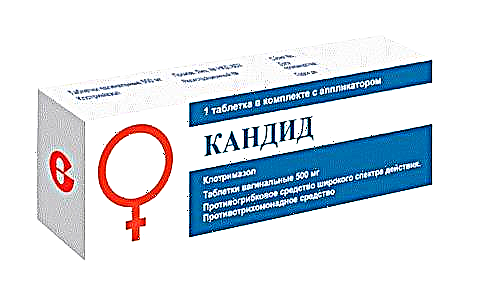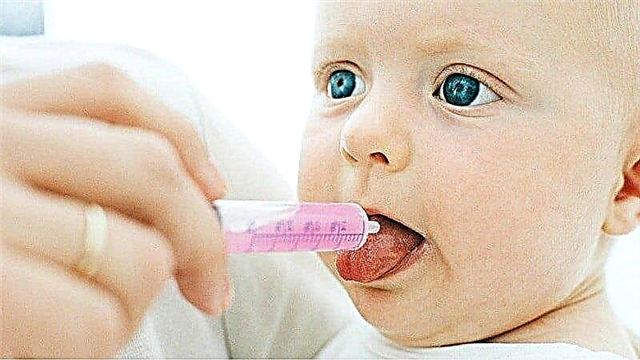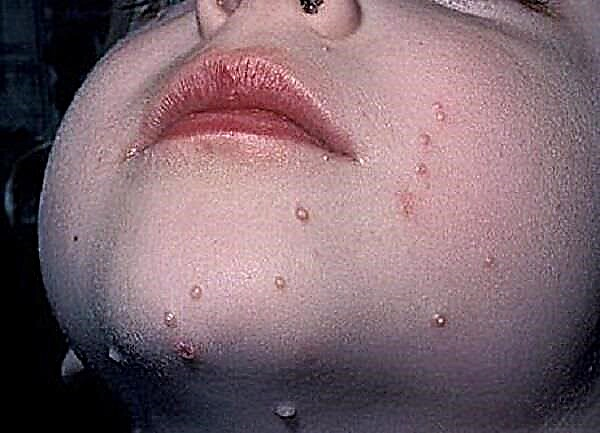A child's skills per year are physical, intellectual and psychological skills that the baby has acquired over 12 months of life. There are both individual characteristics of development and common boundaries of norms for all children, developed by pediatricians and psychologists.
Now the long-awaited moment has come: your baby has celebrated its first birthday. This year has been filled with excitement, anxiety and unforgettable moments of happiness. How happy the parents are with the skills and abilities acquired by the crumbs! Nevertheless, every attentive and caring mother for this milestone asks herself questions: “What can a child do in a year? Is there anything important missing? "

Don't worry if your child's performance doesn't match the list below 100% (this is the average). Perhaps your baby will lag behind or, on the contrary, be ahead of this list of norms. The skills and abilities of a one-year-old child depend on many factors, including character traits, heredity and how much attention close relatives give him.
Work with the baby - soon he will succeed. Children who have been striving to develop since birth are often ahead of the average, which is a matter of special pride for parents.
Basic skills of a one year old child
Important article: "Child development by months from birth to one year" - familiarize
Start
- Follows the light source with his eyes (when he begins to see);
- Listens to the sound of a rattle, follows it with his eyes (when he begins to hear);
- Smiles at mom (baby's first smile for mom);
- Holds the head (when the child begins to hold the head on his own);
- Roll over from back to tummy and back;
- Draws hands to toys;
- Sit (begins to sit independently);
- Agukaet (when he starts to gurgle and walk).
Mastering motor skills, a child should be able to:
- Stand confidently without support;
- Walk with the support of an adult by one (both) hands or independently (when the child begins to walk);
- Actively crawl (this does not belong to the category of babies who do not crawl at all: such children start walking early enough, bypassing the crawling stage, which is a variant of the norm) (when the baby begins to crawl);
- Crawl up and down stairs;
- Step up the stairs with a side step with the support of an adult;
- Squat, straighten, rise to your feet from any position;
- Get on the bed, sofa, chair, get down to the floor.
Cognitive development is normal if the baby is able to:

- Collect and disassemble the pyramid (by imitating the actions of an adult and independently);
- Open and close the lids of jars, boxes, put small toys in them, get them back (imitating the actions of an adult and independently);
- Build a "tower" of cubes;
- Play with toys: sorters, toy cars, balls, strollers;
- Can play with various household items (dishes, shoes, hats, etc.);
- Perform various actions with figurative toys: “feed”, “comb”, “scold” (imitating the actions of an adult and independently, if a game situation was created);
- Grab small objects (button, eraser) with thumb and forefinger;
- Roll a toy on wheels in front of you, roll a ball;
- Open and close cabinet doors, take out and look at various things from them, slide out and slide drawers;
- Imitate the actions of an adult: "combing your hair", "putting on your mom's makeup", "blowing on hot stuff", etc .;
- Imitate the actions of peers: knocking, clapping, pouring, digging sand, etc.
The emotional and social development of a child at the age of 1 year should correspond to the following indicators:
- The kid can emotionally show his feelings, love: kissing, hugging mom, dad, favorite toy;
- Enjoy fun games with elders, new toys (sometimes a child may even be frightened by the appearance of a new toy);
- Get to know all those close to you and rejoice at their arrival;
- Recognize loved ones in the photograph, point with your finger where mom, dad are;
- The kid can become alert, cry when a "stranger" appears;
- Flipping through books, looking at pictures with interest, showing at the request of any image (cat, dog);
- Emotionally react to music: "dance", "sing along";
- Emotionally play with loved ones in "cuckoo" and "okay";
- Imitate the facial expressions of an adult;
- Express your dissatisfaction with the help of facial expressions and emotions (shouting, crying, squeaking) at the prohibition, strict tone of an adult;
- Express dissatisfaction in response to prohibitions and even refuse to follow them;
- Look in the mirror, admire your reflection, play with it, make faces;
- Imitating adults "talking" on the phone.
When assessing a child's speech development, experts consider two indicators: active speech and speech understanding. In a year, a child should be able to:
- Speak in "children's" language from 2 to 10 words, to the question "Who is this?" answer with autonomous words;
- Depict familiar sounds and actions: imitate the voices of animals, respond with a show to the question "How does Vanechka cry, sing, dance?" etc.;
- Imitate (intonationally), repeating new words after adults;
- Imitate familiar words spoken by peers;
- Show on request one of 4 toys and one of 2 pictures;
- Fulfill requests: “bring”, “give”, “put down”, “close”, “open”;
- Understand the word "no";
- Show on request to named items in the house;
- Wave the handle "bye-bye", play "okay", show how the bird flies (wave the arms), play the game "peek-a-boo" (cover and open your face with your palms);
- Knows and reacts to his name.
By the age of one year, the baby must master the simplest household skills:

- Bite off and chew pieces of bread, crackers, cookies;
- Drink independently from a bottle, a sippy cup, some babies drink from a mug, holding it with their hands (When they start drinking from a mug);
- Make the first attempts to eat with a spoon (some children deftly prick pieces of soft food on a fork, but more often the kids take food with their hands);
- Pull the handles under the tap for washing, dry your face and hands with a towel;
- Some babies, when dressing, help themselves to dress: they stretch a handle into the sleeve, insert a leg into their shoes, but many do not like this process and express their displeasure with a squeak (cry);
- Signaling with characteristic sounds that the pants are wet or dirty (if the child is not wearing a diaper for most of the day), sometimes it happens that babies at this age are already beginning to ask for a potty.
In general, dear mothers, when assessing the development of a child per year, remember: all children are different, with unique character traits, individual characteristics and differ both in physical data and in intellectual abilities. And each develops according to its own schedule 😉
Mom's School: what a child should be able to do at 1 year
Psychoneurologist Marina Aleksandrovna Krasnova advises the doctor of medical sciences: What should a baby be able to do at 1 year old? Child walking. Vocabulary. Skills and skills, etc.
Development program in 1 year. First birthday. Skills and skills of a one-year-old toddler, peculiarities of a child's walking. Formation of active speech, vocabulary, passive vocabulary, understanding of instructions. Basic skills at 1 year: potty training, mug, spoon, neatness. When should a parent be alert? Indications for referring to a neurologist. What violations are most often missed at this age? Signs of delayed speech, psycho-speech development, sensorineural hearing loss. How not to miss out on autism? Who should appear if the gait is on the "toe"? Specialists examining a child at 1 year old. The conclusion of the commission in 1 year.
Skills by month:
1 month | 2 month | 3 month | 4 month | 5 month | 6 month | 7 month | 8 month | 9 month | 10 month | 11 month



